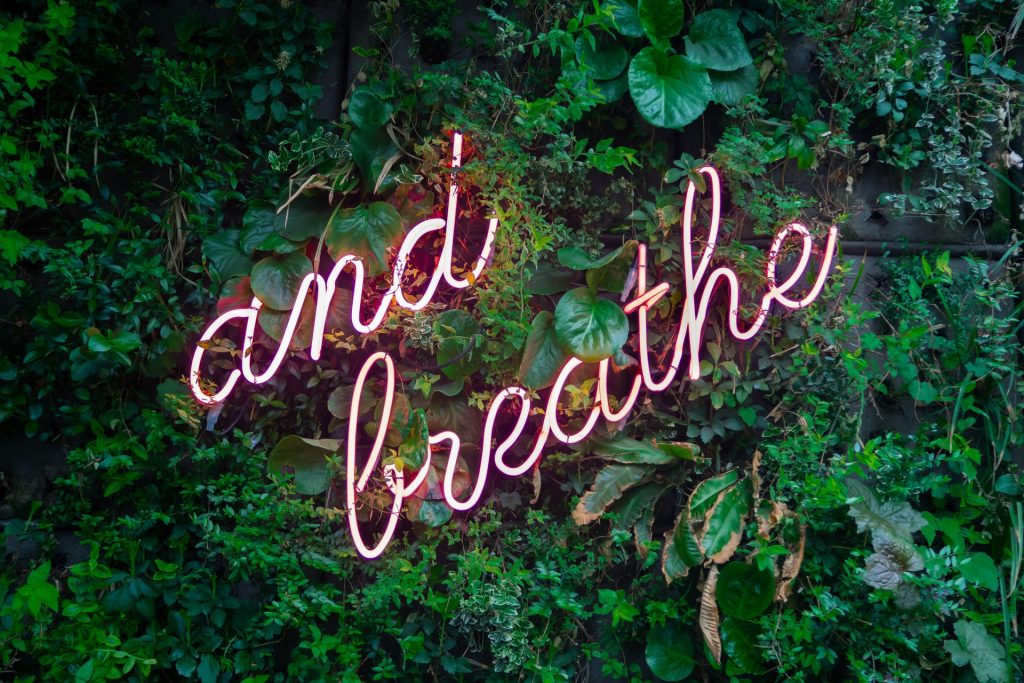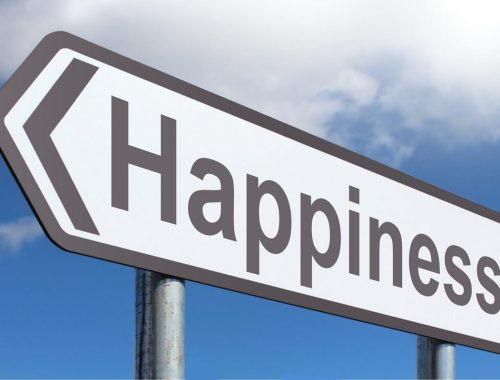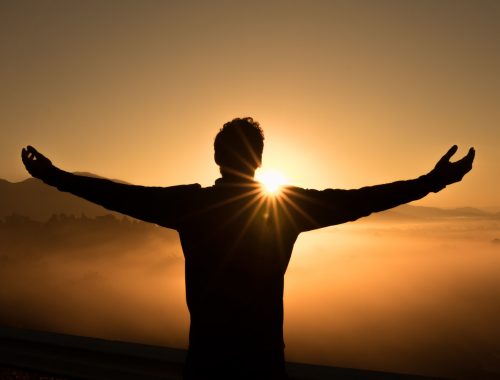
Imagined Anxieties
Anxiety is our own construct. All emotions are temporary.
Original posted on The Startup at Medium.
“Man is not worried by real problems so much as by his imagined anxieties about real problems”
I recently read this quote by Greek Stoic philosopher Epictetus after hearing about Epictetus and stoicism in a podcast.
Stoicism
Stoicism is a school of Greek philosophy. According to stoicism, we find happiness through accepting each moment as it presents itself; by not allowing oneself to be controlled by the desire for pleasure or fear of pain. The Stoics teach that external things — such as health, wealth, and comfort — are not good or bad in themselves. (Source: Wikipedia.)
Stoicism provides a framework.
I often say that feelings are neither good nor bad; they simply are. External things have the value that we give them.
All feelings are temporary
We can practice non-attachment (different than “detachment”). We can remember that all emotions are temporary, whether they’re good or bad. That notion of the transience of feelings is one of the tools I use when I’m having a rough or suicidal day.
When others are experiencing “negative” emotions (e.g. discomfort, sadness), I point this out to them. I always note that the ephemeral nature of feelings applies to both bad and good ones. It’s important to recognize both. The light and the dark exist. They co-exist in everyone and everything on earth. The light and the dark are neither “good” nor “bad”. “Good” and “bad” are judgments. It’s possible to experience without judgment. Simply witnessing your emotions without judging them can be a huge help.
We have to think an emotion to feel it
When we give a name to an emotion, we’re labelling it. We create labels in our minds. How do we know what to call it? Where does that language come from? We learn from our own past experiences and those of others. We’ve thought the feeling. Sometimes we don’t know how to label our feelings.
About 10 months ago, I learned the word “acedia”, often confused with depression. Acedia is a state of listlessness, restlessness, apathy.
Feelings as experiences that are relative and vary in severity.
“I feel happy” is a thought. I might feel joyful or ecstatic. I might feel blissful. On the dark side, maybe I feel sad or depressed.
If I feel suicidal, I might concurrently be sad, or it might feel more like a rational thought detached from emotion. I’ve experienced the temptation to end my life in the absence of sadness. I wasn’t numb. It seemed rational. It was more along the lines of, “I have no purpose, what’s the point in me being here? If I have no purpose, do I deserve to be alive?” I suppose it was more philosophical, more existential.
What if we allowed ourselves to feel without judgment?
What if instead of thinking the feeling, we simply felt it? What if instead of trying to fight it or hold onto it, we simply allowed ourselves to experience it in the moment, knowing that the feeling will not last?
There’s a saying that “What we resist persists” — a rhyme, so it’s easy to remember.
Indeed, according to website Holstee:
Stoicism was deliberately created to be understandable, actionable and useful. Practicing Stoicism doesn’t require learning an entirely new philosophical lexicon or meditating for hours a day. Instead, it offers an immediate, useful and practical way to find tranquility and improve one’s strengths of character.
Imagined anxieties
To me, the Epictetus quote serves as a reminder that worry is our own construct. Fear is in our head. You may have heard fear as an acronym for False Evidence Appearing Real (or similar — I’ve heard slightly different versions).
“Man is not worried by real problems so much as by his imagined anxieties about real problems”
I feel like this is one of those quotations to put up on a wall for a constant reminder.
I stand in my own way a lot, and maybe you do too.
Real, physical anxiety
This doesn’t mean that anxiety is imaginary, that it’s all in our mind. If you’ve experienced an anxiety attack — and I’ve had several — you know this.
When you feel the anxiety in your body — the panic, the racing heartbeat, the sweats (or however you experience it) — you can take a moment and slow yourself down.

Here’s a technique:
Breath in deeply for a count of 5, hold for a count of 5, breath out for a count of 5.
At least, that’s what I’ve learned from meditation teachers and other practitioners. For me, any time I count my breath, my heart rate quickens. But you try it:
Breath in deeply for a count of 5, hold for a count of 5, breath out for a count of 5.
It might or might not work for you. I find moving my body is better for anxiety. Dancing. Walking. Bouncing around. Sometimes a good meditation will do. Sometimes smiling helps, even if I don’t have the urge to do it. Smiling releases endorphins.
In some cases, you might need medication or plant-based supplements. (Kava kava has been helpful for me in the past and got me through exam anxiety in university. I used to take it about a half-hour before an exam so that I could focus without worry.)
What tools do you use to combat anxiety?

Yes, and…
You May Also Like

Is An Emotion an Attainable Goal?
March 4, 2019
Who Are You Trying to Impress?
April 13, 2020
